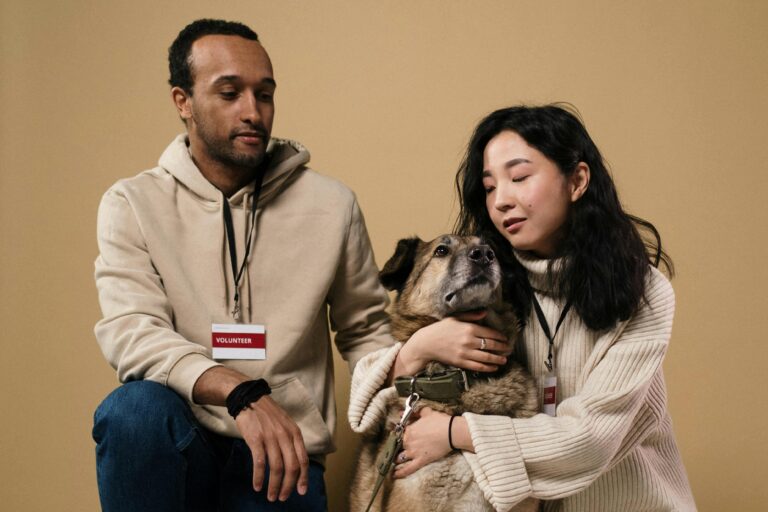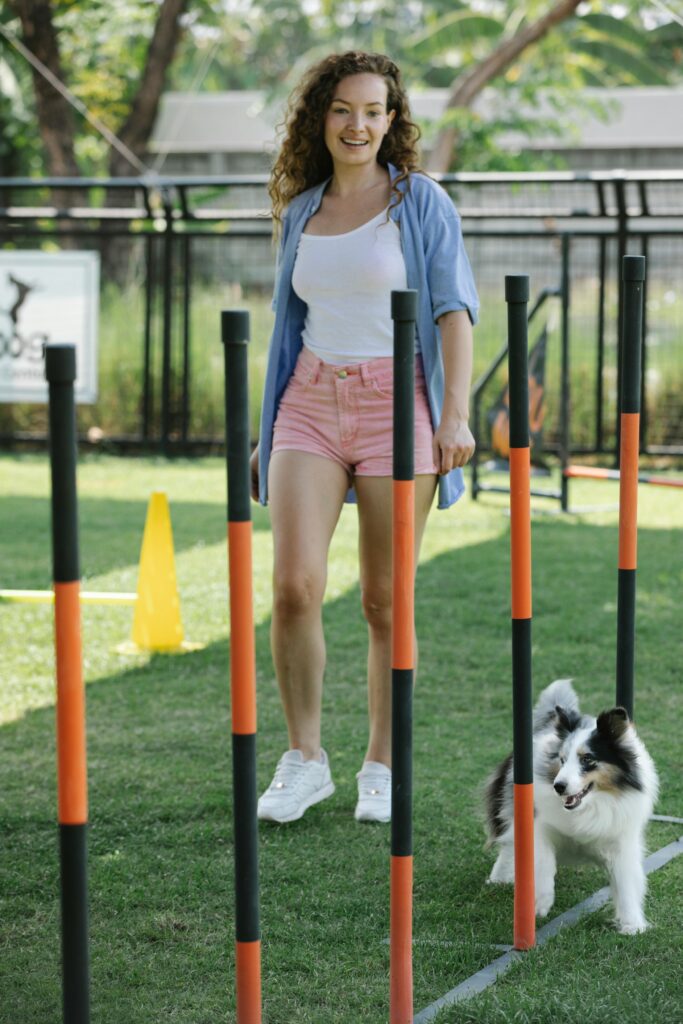Obedience training is one of the most important investments you can make in your dog’s life. It does not matter if you are starting with a rambunctious puppy, an adult dog with ingrained habits, or a senior dog who has never been formally trained. Every stage of life offers unique opportunities to strengthen obedience, improve behavior, and build trust between you and your dog.
In this guide, we will cover the essentials of obedience training from puppyhood through the senior years, what to expect at each stage, and how to reinforce progress along the way.
Why Obedience Training Matters
Obedience is not just about teaching tricks. It is about creating a foundation of communication, respect, and safety. A well-trained dog is easier to live with, safer in public, and more confident in new environments. Training also deepens the bond between you and your dog because it teaches them to look to you for direction.
Benefits of obedience training include:
- Improved safety in public and at home
- Reduced problem behaviors like jumping or chewing
- Stronger recall in emergencies
- Easier vet visits and grooming appointments
- Better socialization around people and dogs
- Confidence for both dog and owner
Puppy Training: Laying the Foundation
Puppyhood is the best time to start training. Young dogs are like sponges, quickly learning new behaviors and building associations.
Goals for puppy training:
- Housebreaking and crate training
- Learning Sit, Down, Come, and Place
- Exposure to new environments, sounds, and people
- Developing impulse control
- Preventing problem behaviors before they begin
Short sessions of 5 to 10 minutes work best with puppies. Use positive reinforcement and patience to build a strong foundation.
For puppies who struggle with restlessness, whining, or overstimulation, our guide on why dogs pace, whine, or cannot settle at home can help you identify signs of stress early and use structure to calm your pup.
Adolescent Training: Surviving the Teenage Phase
The adolescent stage, usually between 6 months and 2 years, can be one of the most challenging. Many owners feel like their once-perfect puppy “forgot” everything. This phase is marked by higher energy, testing boundaries, and stubbornness.
Training focus during adolescence:
- Reinforcing commands in distracting environments
- Consistency in rules and boundaries
- Leash manners to prevent pulling
- Strengthening recall despite distractions
- Mental stimulation through structured games and tasks
This is also the time when many dogs begin attending public outings. Structured training is essential to prevent unwanted habits like barking at other dogs or pulling toward people.
Adult Training: Refining Skills
Adult dogs benefit from more advanced obedience because their energy and focus allow for longer sessions. Training at this stage can also correct bad habits that developed earlier.
Training focus for adults:
- Advanced recall and off-leash reliability
- Extended Place and Down commands
- Impulse control around food, toys, and other dogs
- Confidence-building through exposure to new environments
- Specialized training for travel, sports, or service work
Our Basic & Advanced Obedience Program is especially valuable for adult dogs, teaching them not only the essentials but also how to apply obedience under real-world distractions.
Senior Training: It’s Never Too Late
Older dogs can absolutely learn new skills. While physical limitations may affect what they can do, obedience training for seniors keeps their minds sharp and provides structure that reduces anxiety.
Training focus for seniors:
- Refresher of Sit, Down, and Come
- Shorter, low-impact sessions
- Adjusted commands for mobility limitations
- Calm enrichment activities like scent work
- Reinforcing routines for comfort and predictability
Senior training is less about high-energy obedience and more about maintaining clarity and consistency. Even short sessions make a big difference in their quality of life.
Common Training Challenges
No matter the age, owners often run into similar challenges during obedience training:
- Inconsistency: Allowing a behavior sometimes and correcting it other times confuses the dog.
- Overexcitement: Dogs often struggle to focus when distractions are present.
- Lack of follow-through: Training at home without real-world proofing leads to failure in public.
- Unrealistic expectations: Expecting perfection too quickly can frustrate both dog and owner.
Our post on serious games that transform skill development shows how to overcome these hurdles by keeping training both structured and fun.
Reinforcing Training When Life Gets Busy
Consistency is everything in obedience. Even on busy days, you can fit training into your daily routine:
- Sit before meals
- Recall during backyard play
- Place while watching TV
- Heel practice on short walks
The ASPCA explains the importance of general dog care, including training as a lifelong commitment, not just a puppy phase.
Quick Stage-by-Stage Checklist
Puppies
- Crate and house training
- Basic commands
- Early socialization
Adolescents
- Distraction training
- Consistent rules
- Leash manners
Adults
- Advanced commands
- Off-leash work
- Confidence-building
Seniors
- Refresher training
- Adjusted exercises
- Consistency for comfort
Building a Lifetime of Obedience
Obedience training is not a one-time event. It is a lifelong process that evolves as your dog ages. Each stage of life presents new challenges and opportunities, but with structure, consistency, and the right guidance, you can build a reliable, well-mannered companion for years to come.
Our Basic & Advanced Obedience Program is designed to guide you through every stage, from puppy basics to advanced adult skills. With professional support, your dog will thrive no matter their age.
Ready to begin? Contact us today through our contact page and let’s build the foundation for a lifetime of obedience.


